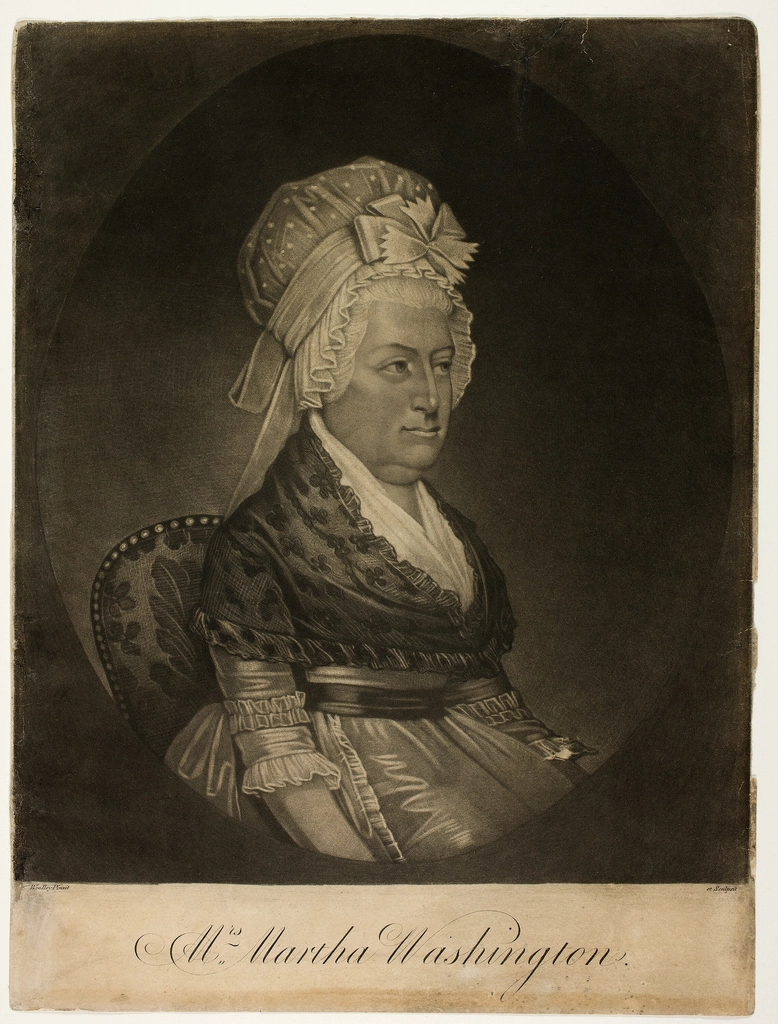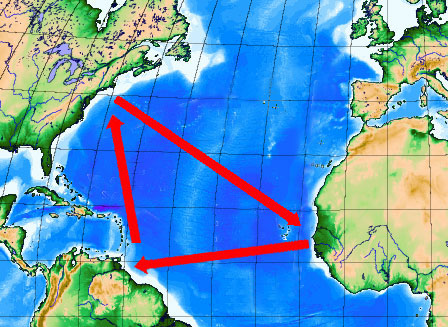San Francisco’s Transformation from Village to Metropolis

The California Gold Rush of 1848-1855 catapulted San Francisco from a sleepy settlement of 200 residents to a bustling city of over 36,000 people by 1852. According to the San Francisco Planning Department’s 2023 historical analysis, the city’s population explosion created the foundation for what would become the West Coast’s primary financial hub. The influx of fortune seekers established the first major banking institutions, including Wells Fargo in 1852, which still maintains its headquarters in the city today. This rapid urbanization pattern became a blueprint for other Western cities, demonstrating how resource booms could accelerate metropolitan development in previously undeveloped regions.
Denver’s Evolution from Mining Camp to Mile High City

Denver’s origins trace directly to the Pike’s Peak Gold Rush of 1858, when prospectors established camps along the South Platte River. The Colorado Historical Society’s 2024 research reveals that Denver’s strategic location as a supply hub for mountain mining operations laid the groundwork for its current status as the region’s transportation and business center. The city’s population grew from virtually zero to 4,749 residents by 1870, establishing infrastructure patterns that persist today. Modern Denver’s economy still reflects its mining heritage, with companies like Newmont Corporation maintaining significant operations in the area, contributing approximately $2.1 billion to Colorado’s economy in 2023.
Sacramento’s Rise as California’s Political Center

Sacramento’s selection as California’s capital in 1854 resulted directly from its prominence during the Gold Rush as the gateway to the Sierra Nevada mining regions. The California State Archives documented in 2023 that Sacramento’s role as the terminus for riverboat traffic and later the western endpoint of the Transcontinental Railroad cemented its political importance. The city’s merchant class, enriched by supplying miners, became the political elite who shaped California’s early statehood. Today, Sacramento’s government-centered economy employs over 200,000 people in state and local positions, making it the region’s largest employment sector according to the California Employment Development Department’s 2024 statistics.
Portland’s Commercial Dominance Through Gold Rush Logistics

Portland emerged as the Pacific Northwest’s primary commercial hub by serving as the supply center for Oregon’s gold discoveries in the 1860s. The Oregon Historical Society’s 2023 analysis shows that Portland merchants accumulated wealth by outfitting miners heading to Eastern Oregon and Idaho goldfields. This commercial foundation evolved into the city’s current role as the region’s distribution center, with the Port of Portland handling over 10 million tons of cargo annually as of 2024. The city’s early emphasis on transportation infrastructure, originally designed to move mining supplies, contributed to its development as a major West Coast shipping hub.
Seattle’s Transformation Through Alaskan Gold Connections

Seattle’s fortunes changed dramatically during the Klondike Gold Rush of 1896-1899, when the city positioned itself as the primary outfitting point for Alaska-bound prospectors. The Museum of History and Industry’s 2024 exhibition data reveals that Seattle businesses generated over $25 million in revenue (equivalent to approximately $800 million today) from supplying gold seekers. This economic boom established Seattle’s maritime industry and created the business networks that would later support its emergence as a technology hub. The city’s population doubled from 42,837 in 1890 to 80,671 in 1900, establishing growth patterns that continued through the 20th century.
Virginia City’s Boom and Bust Legacy

Virginia City, Nevada, exemplifies the dramatic rise and fall pattern common to many Gold Rush communities, reaching a peak population of 25,000 during the Comstock Lode’s height in the 1870s. The Nevada State Historic Preservation Office’s 2023 survey indicates that Virginia City’s current population of approximately 850 residents represents one of the most dramatic population declines in Western history. However, the city’s preservation efforts have created a tourism industry generating over $50 million annually for the region. This transformation from mining center to heritage tourism destination illustrates how some former Gold Rush communities have found new economic purposes while maintaining their historical character.
Infrastructure Development Patterns Across Western Cities

The Gold Rush accelerated infrastructure development across the American West, with cities investing heavily in water systems, transportation networks, and communication lines to support growing populations. According to the Western Regional Science Association’s 2024 infrastructure study, cities like San Francisco and Denver developed sophisticated water delivery systems decades ahead of similarly sized Eastern cities. The transcontinental telegraph, completed in 1861, connected Western mining centers to Eastern financial markets, establishing communication patterns that influenced modern internet infrastructure development. These early infrastructure investments created competitive advantages that many Western cities maintain today, with places like San Francisco and Seattle ranking among the top U.S. cities for technological innovation.
Banking and Financial Institution Evolution

The Gold Rush created the need for secure financial institutions across the West, leading to the establishment of banks that would become national powerhouses. Wells Fargo, founded in 1852 to serve California miners, reported assets of $1.7 trillion as of 2024, making it one of America’s largest banks. The Bank of California, established in 1864, financed much of the West’s early development and evolved into Union Bank, which merged with MUFG Bank in 2014. These institutions’ origins in Gold Rush commerce created a Western banking culture that emphasized risk-taking and entrepreneurship, characteristics that continue to influence the region’s financial sector today.
Cultural and Ethnic Diversity in Western Cities

The Gold Rush attracted diverse populations to Western cities, creating multicultural communities that remain characteristic of the region today. The Chinese Historical Society of America’s 2023 research indicates that Chinese immigrants comprised up to 25% of California’s population during peak mining years, establishing Chinatowns that became permanent cultural fixtures. Hispanic populations, already present in former Mexican territories, integrated with newcomers to create unique cultural blends still evident in cities like Los Angeles and San Francisco. According to the U.S. Census Bureau’s 2024 American Community Survey, Western cities continue to exhibit higher rates of ethnic diversity than their Eastern counterparts, with this pattern tracing directly to Gold Rush migration patterns.
Modern Economic Diversification from Mining Origins

Many Western cities successfully transitioned from mining-dependent economies to diversified modern sectors, building on skills and networks developed during the Gold Rush era. San Francisco’s venture capital industry, worth over $100 billion in 2024 according to PitchBook data, evolved from the risk assessment skills developed by Gold Rush-era investors. Denver’s current energy sector, including renewable energy companies that generated $3.2 billion in revenue in 2023, built upon the city’s historical expertise in resource extraction and energy distribution. This economic evolution demonstrates how cities adapted their foundational industries to remain competitive in changing markets.
Transportation Networks and Urban Planning Legacy

The transportation systems developed during the Gold Rush continue to influence Western city layouts and economic patterns today. The transcontinental railroad, completed in 1869, established rail corridors that still carry freight and passenger traffic, with cities like Sacramento and Reno maintaining their roles as transportation hubs. According to the Association of American Railroads’ 2024 statistics, Western rail networks handle over 40% of U.S. freight traffic, much of it following routes originally established to serve mining regions. Urban planning in cities like San Francisco and Seattle still reflects the rapid, often unplanned growth patterns of the Gold Rush era, with narrow streets and dense development patterns that create both challenges and character in modern urban environments.
Environmental Consequences and Modern Remediation

The environmental impact of Gold Rush mining operations continues to affect Western cities and surrounding regions, with ongoing cleanup efforts costing billions of dollars. The U.S. Environmental Protection Agency’s 2024 Superfund report identifies 47 mining-related contamination sites across California, Nevada, and Colorado requiring active remediation. Cities like Butte, Montana, and Leadville, Colorado, have spent decades addressing groundwater contamination from historical mining operations, with cleanup costs exceeding $1 billion combined. However, some cities have turned environmental challenges into economic opportunities, with places like Park City, Utah, transforming former mining sites into recreational areas that generate significant tourism revenue. Modern environmental regulations and cleanup technologies developed for these sites have created expertise clusters that support environmental consulting industries worth over $2 billion annually across Western states.
Tourism and Heritage Preservation Industries

The Gold Rush legacy has become a significant economic driver for many Western cities through heritage tourism and historical preservation efforts. The California Office of Tourism’s 2024 data shows that Gold Rush-related attractions generate over $800 million annually in visitor spending across the state. Cities like Deadwood, South Dakota, and Cripple Creek, Colorado, have built entire economies around their mining heritage, with casino gaming and historical attractions supporting thousands of jobs. The National Park Service reported that Gold Rush-related historic sites attracted over 3 million visitors in 2023, contributing substantially to local economies while preserving important aspects of Western American history for future generations.





